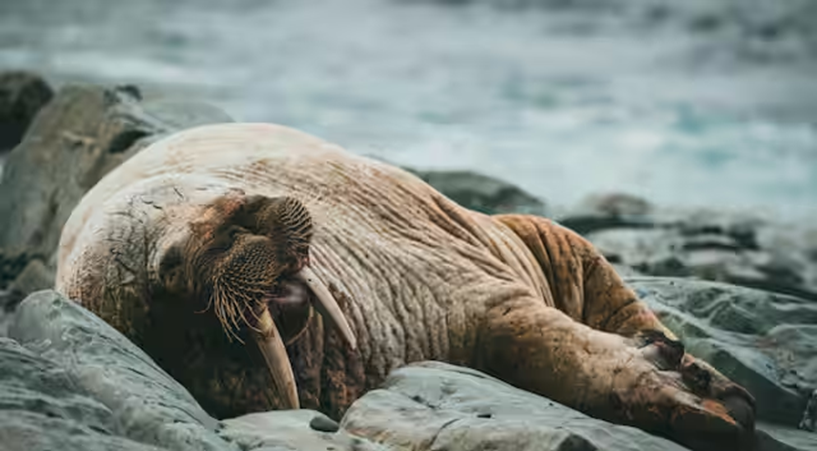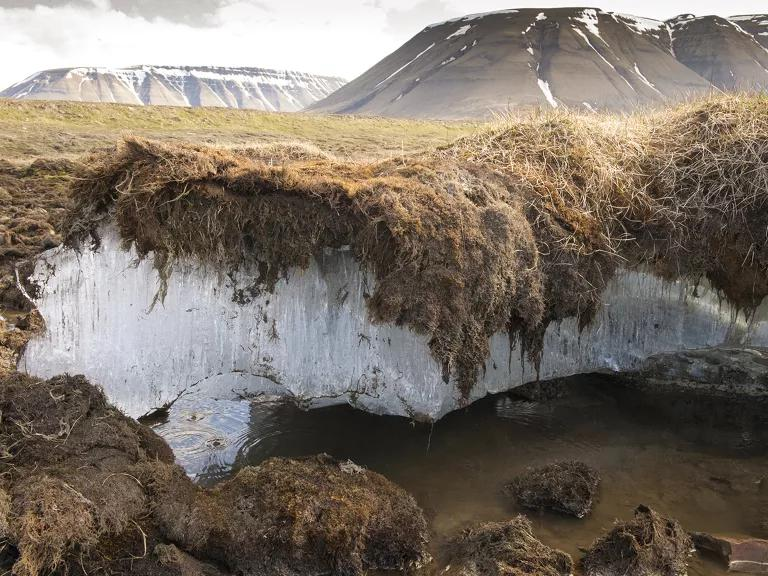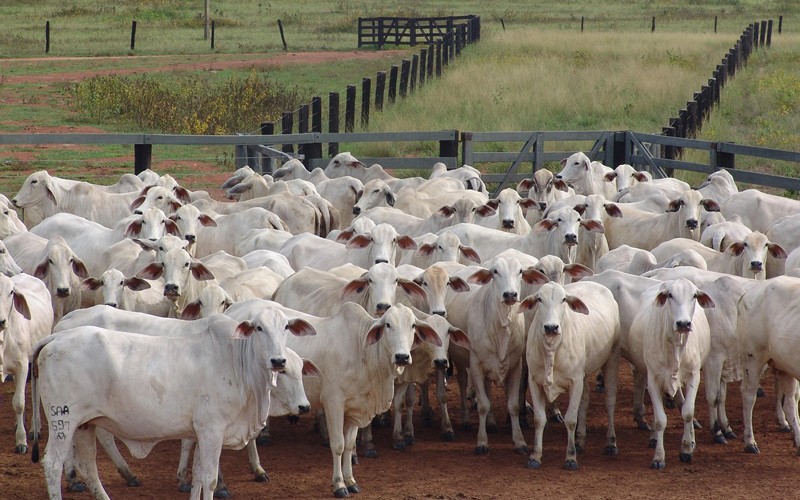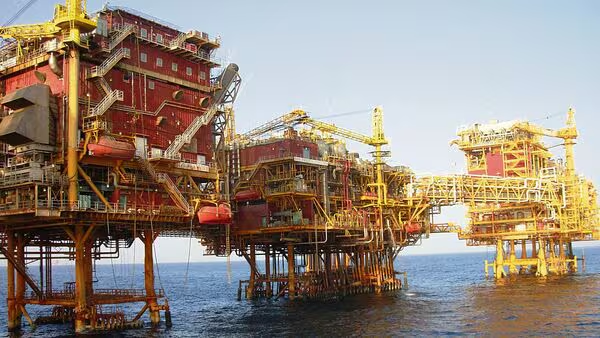- Courses
- GS Full Course 1 Year
- GS Full Course 2 Year
- GS Full Course 3 Year
- GS Full Course Till Selection
- CSAT
- 5 LAYERED ARJUNA Mentorship
- Public Administration Optional
- Online Program
- GS Recorded Course
- NCERT Batch
- Polity Module Course
- Geography Module Course
- Economy Module Course
- AMAC Module Course
- Modern India, Post Independence & World History Module Course
- Environment Module Course
- Governance Module Course
- Science & Tech. Module Course
- International Relations and Internal Security Module Course
- Disaster Management Module Course
- Ethics Module Course
- Essay Module Course
- Current Affairs Module Course
- ABOUT US
- OUR TOPPERS
- TEST SERIES
- FREE STUDY MATERIAL
- VIDEOS
- CONTACT US
First Case of Walrus Dying from Bird Flu Recorded on Arctic Island
First Case of Walrus Dying from Bird Flu Recorded on Arctic Island
11-05-2024

Key Points:
- One of Norway's Arctic islands reported its first case of a walrus dying from bird flu.
- The walrus was among 6 found on Hopen Island, part of the Svalbard archipelago.
- Hopen Island is a remote island located in the far southeast of Svalbard.
- It's primarily covered by rocks and permafrost, with steep cliffs ideal for seabird breeding.
- Hopen Island is a seabird island, with vast colonies of Brunich's Guillemots, Kittywakes, and Fulmars.
Walrus Facts:
- Walruses are pinnipeds, fin-footed mammals related to seals and sea lions, with skin covered in coarse hair.
- They are recognized by their large size and distinctive teeth.
- Walruses are keystone species in Arctic marine ecosystems.
- They're terrestrial and marine mammals, navigating both oceans and land.
- Their diet primarily consists of mollusks, but may also include worms, snails, and sea cucumbers.
- Walruses inhabit Arctic and sub-Arctic regions near the North Pole.
- They face threats from commercial hunting and climate change.
- The International Union for Conservation of Nature (IUCN) classifies walruses as a vulnerable species.
What is Permafrost?
- Definition: Permafrost is a layer of ground (soil, rock, sediment) that has remained completely frozen (at or below 0°C or 32°F) for at least two consecutive years.
- It can range from a few feet thick to thousands of feet deep.
- Location: Found in high-latitude regions (like the Arctic and Antarctic) and high-altitude areas (like mountain ranges). It covers about a quarter of the land in the Northern Hemisphere.

- Components: Permafrost can contain:
- Soil and organic matter
- Rock
- Sand
- Large amounts of ice
Importance of Permafrost:
- Carbon Storage: Permafrost acts as a giant freezer, locking away vast amounts of organic carbon (from dead plants and animals that didn't fully decompose). This carbon would otherwise be released into the atmosphere as greenhouse gases.
- Ecosystem Support: Permafrost shapes unique arctic and subarctic ecosystems, providing habitat for specialised plants and animals.
The Problem: Permafrost Thaw
- Climate Change: As global temperatures rise, permafrost thaws. This has serious consequences:
- Greenhouse Gas Release: Thawing permafrost releases stored carbon dioxide and methane, powerful greenhouse gases that further contribute to warming.
- Infrastructure Damage: Thawing ground destabilised buildings, roads, and pipelines built on permafrost.
- Changes to Landscape: Creates sinkholes, landslides, and changes the flow of water in the region.



